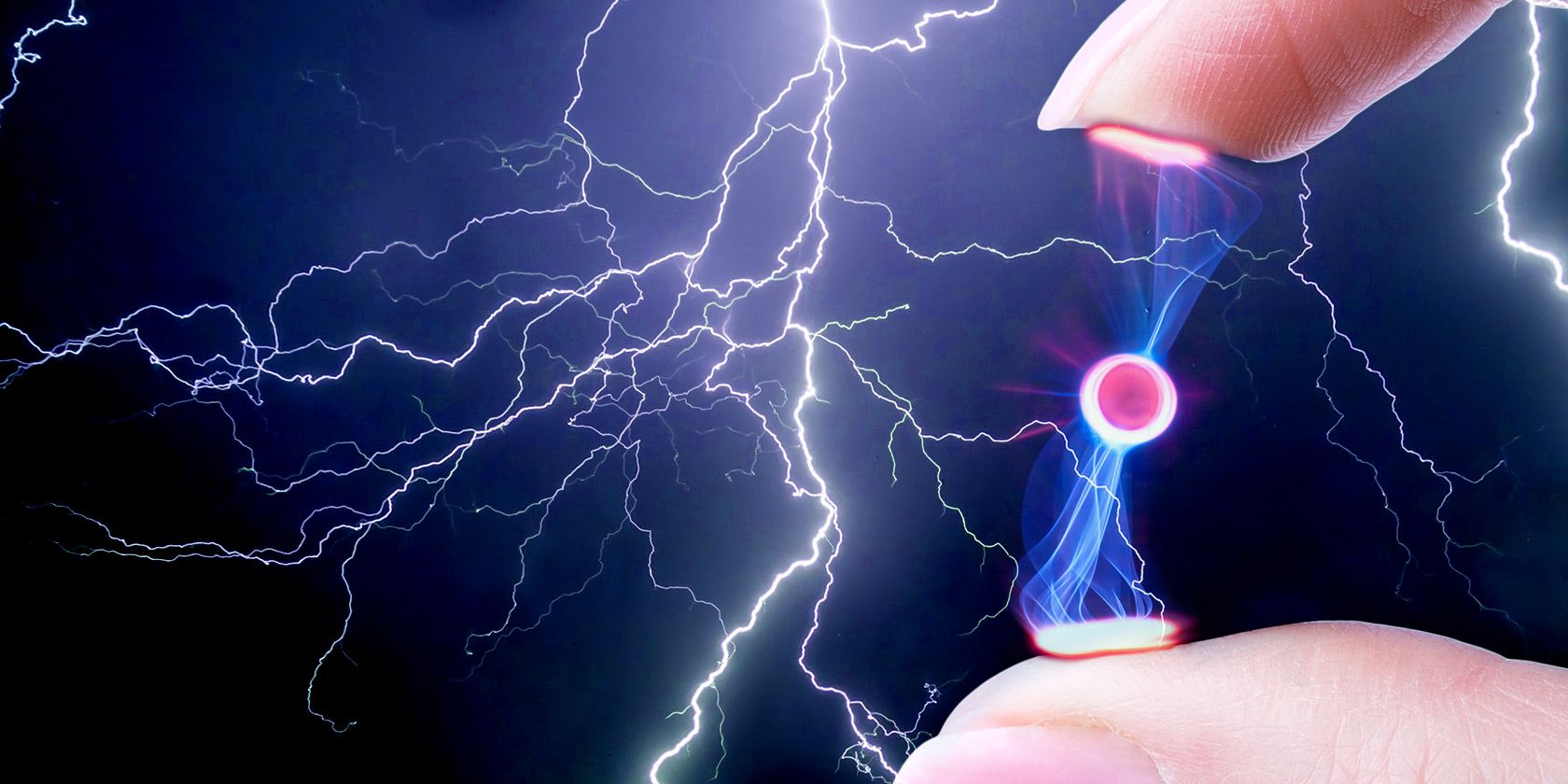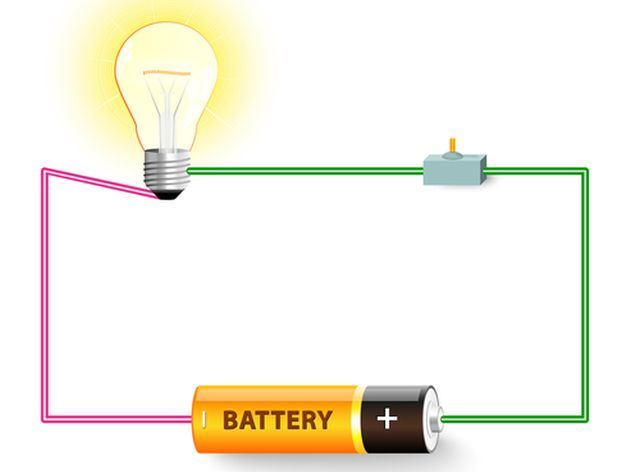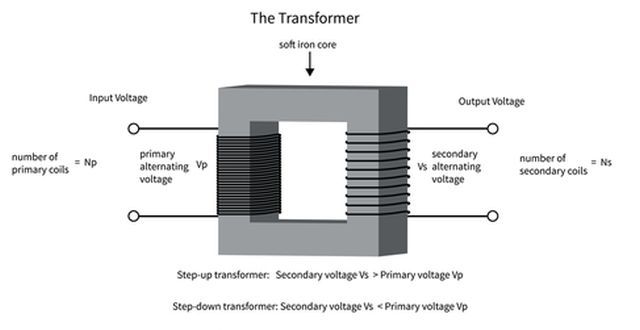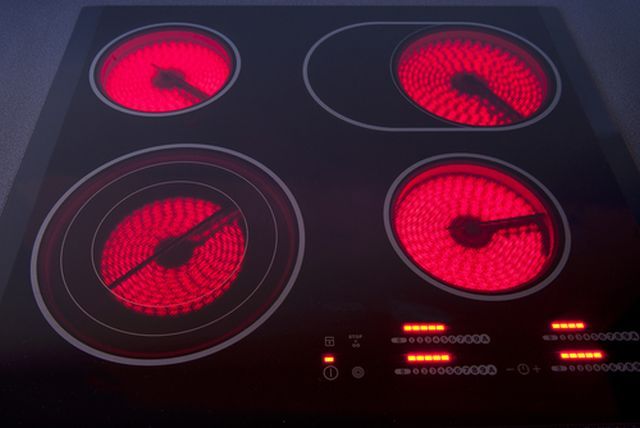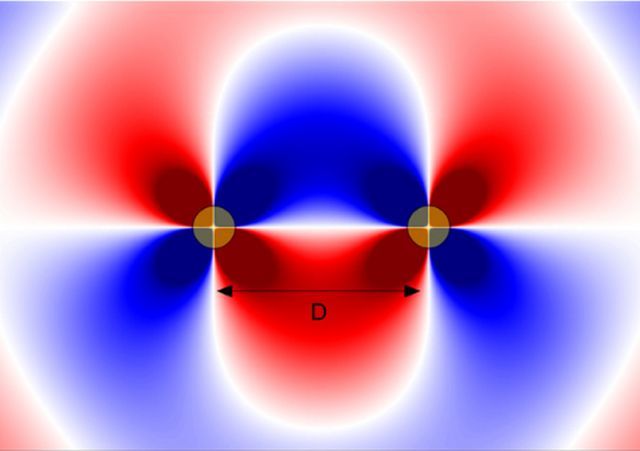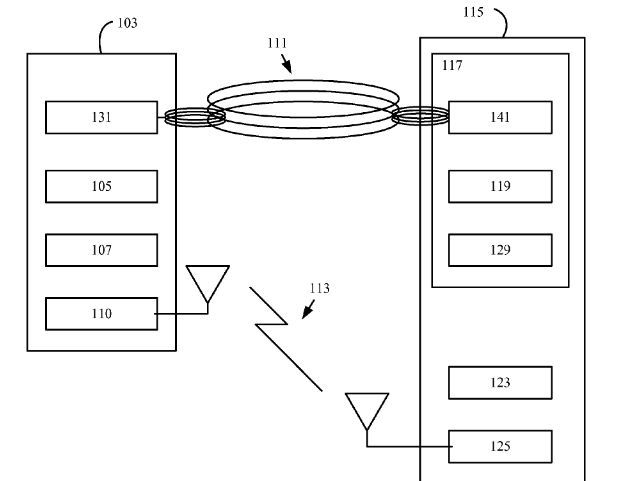When you think of wireless power, images of lightning bolts racing from one Tesla coil to another probably come to mind, or maybe images of the moment Frankenstein's monster came alive.
While the idea seems ridiculous and nearly impossible, you may be surprised to learn that wireless power is fast becoming a reality.
There are a number of theories and proposals put forth to accomplish the futuristic feat of transferring electricity through the air to devices in your home -- which we'll get to in this article -- but first, it's important to understand both the potential and the limitations of the science behind these attempts.
What is Wireless Power?
When most people think of electricity, they think of the traditional one or two wire plug that has a positive terminal, a negative terminal, and sometimes a ground wire. The positive and negative terminals make up what is essentially an electric circuit, as shown in the diagram below.
This is the simplest example of an electrical circuit. Well, actually removing the switch would be simpler, but you get the point.
The battery "+" and "-" terminals are the red and black wires in your power plug, whether you're plugging in a lamp, a computer, or anything else.
At its fundamental level, electricity can be described as the flow of a "current" from positive to negative terminals. I'm going to avoid a theoretical discussion of the movement of the actual charged particles. Just understand that to power an electrical device, it needs a voltage difference between those two terminals.
So how is it possible to turn a system that obviously depends upon a conductor like an electric wire for the flow of charge? What are you supposed to do, shoot the charge from the tip of one wire to another? Well....sorta.
Let me introduce you to, the transformer.
This is actually a concept that has been around since the time of Tesla himself. You take one wire carrying your source voltage (plugged into an 60 Hz AC household outlet for example), and wind it around in many loops. Oh heck, use a piece of iron to make it easy to wrap the loops.
Then, wrap a second wire a short distance from the first coil. You will induce current in the second coil, just like magic.
Okay, not quite magic, but pretty close. Basically, every wire that has alternating voltage induces an electromagnetic field around it, called flux. When you coil the wire, you amplify that field. Slip magnetic material like iron into that coil, and you improve your ability to transfer the energy over to that second coil. But -- here's the kicker -- the same thing can happen right through the air.
Ever use an induction oven?
If you get the chance to see one, turn it up to full heat and place your hand over the burner. No, seriously - touch it all you like. You won't get burned. Those coiled wires are meant to induce eddy currents into the cast iron cookware placed on the stove. This in turn heats up the pot, which heats up the food.
This transmission of electrical energy through the air is how generators, motors, and even your electric toothbrush charger works. In these cases, instead of an iron core, it's an "air-core". It's the flux that transfers the electrical energy.
Breakthroughs in Wireless Power
So, why haven't scientists been able to wirelessy transfer power using induction before? Well, to understand this, you really need to go to the folks who started it all -- or at least, picked up Nikola Tesla's torch.
In a 2006 paper published in the Annals of Physics, MIT researchers described how they intended to prove that these fields could be used to wirelessly transmit power.
We investigate whether, and to what extent, the physical phenomenon of long-lifetime resonant electromagnetic states with localized slowly-evanescent field patterns can be used to transfer energy efficiently over non-negligible distances, even in the presence of extraneous environmental objects.
In plain English, the researchers were saying they believed that by using the right configuration, these induction fields could be used to transfer power over a distance, even with objects in the way.
And guess what, by 2007, they proved it, and published their results in an experimental paper published in Science magazine.
Using self-resonant coils in a strongly coupled regime, we experimentally demonstrated efficient nonradiative power transfer over distances up to 8 times the radius of the coils. We were able to transfer 60 watts with ~40% efficiency over distances in excess of 2 meters.
This was an amazing accomplishment. For those of you not yet well-tuned to the metric system, 2 meters is slightly over six and a half feet. Basically they could transfer power from one coil to the other, the distance of a very tall person.
What was their secret? It was what they called "resonant coils". They fine-tuned the coils -- the number, the radius, and other factors, in order to achieve a sort of "resonance" between the two coils.
It is essential that the coils be on resonance for the power transfer to be practical (6). We find experimentally that the power transmitted to the load drops sharply as either one of the coils is detuned from resonance.
Regardless, this achievement sparked the rapid development of wireless power applications. The race was on.
The Race to Harness the Power
Race they did.
One of the first startups that jumped on this technology for commercial purposes was WiTricity. As early as 2009, CEO Eric Giler gave a demo of the wireless power technology at TEDGlobal 2009.
He wasn't the only one. Many companies immediately jumped on this technology for applications that were practical and easy over short distances. Wirelessly charging portable devices was an obvious first choice, and in 2009 the first inductive charging pads hit the market.
Now you can place your mobile devices on these pads, and they'll charge. No need to fumble around for your phone's power plug anymore.
If you think that was a cool invention, then consider just how far industry has come since the days of MIT's discovery. By 2011, a company named Evatran created a "Plugless Power" system for electric cars using the induction technology to charge electric vehicles without any cables.
Inductive charging is not the future of electric cars, it's already here.
The Future of Wireless Power
Now that you know where industry is with wireless power, let's take a look at where it's going.
In early 2014, researchers at the Korea Advanced Institute of Science and Technology (KAIST) announced that they'd developed a "Dipole Coil Resonant System" where they where able to establish an "extended range of inductive power transfer, up to 5 meters between transmitter and receiver coils."
They were also able to shrink down the coil sizes from what the MIT team had used, making the whole thing more practical (although still expensive) for commercial purposes.
Chun T. Rim, the head of the research project, told Science Daily that he envisioned such a system being used to provide "wireless power hot-spots" just like people use Internet hotspots.
Just like we see Wi-Fi zones everywhere today, we will eventually have many Wi-Power zones at such places as restaurants and streets that provide electric power wirelessly to electronic devices.
Five meters is nearly sixteen and a half feet. Now you're talking about the length of a typical room in a house.
Throughout this year, a company called Ossia has been making the rounds with its concept called Cota, a technology the company promises will allow for the wireless charging of devices up to 30 feet away from the base station.
But of course, Apple fanboys have no fear, your company is on the forefront of this game as well.
In August, Apple received two patents that were related to their planned application of resonant induction wireless power charging.
One patent describes how users will be able to plug in a power supply -- such as a dongle or a device inside a newer computer system -- and then that power supply will wirelessly charge all "appropriately tuned" devices nearby.
The patent reads:
...the appropriately tuned peripheral device can be considered to be a part of a resonance circuit that can include the NFMR power supply and any other peripheral devices so tuned.
The patent reveals an entire electronics industry racing to capitalize on a technology that could completely transform what a modern household looks like.
First will come the smaller devices that are easier to charge, with lower power demands. However, if the other players in the induction power industry have anything to say about it, all household devices -- from your microwave to your big screen TV -- will be powered without any power cords whatsoever.
One day, people may look at the power outlets in a house in much the same way kids today look at those old, silly network jacks. Ready or not, wireless power is the future -- and I'll bet Nikola Tesla is laughing in his grave.
How do you feel about wireless power? Will you embrace the technology, or do you have any concerns? Share your thoughts in the comments section below!
Image credits: Plasma Via Shutterstock, Designua/Shutterstock, photoiconix /ShutterstockMIT/Resonant Coils, Apple Patent/USPO.gov, Evikka/Shutterstock

